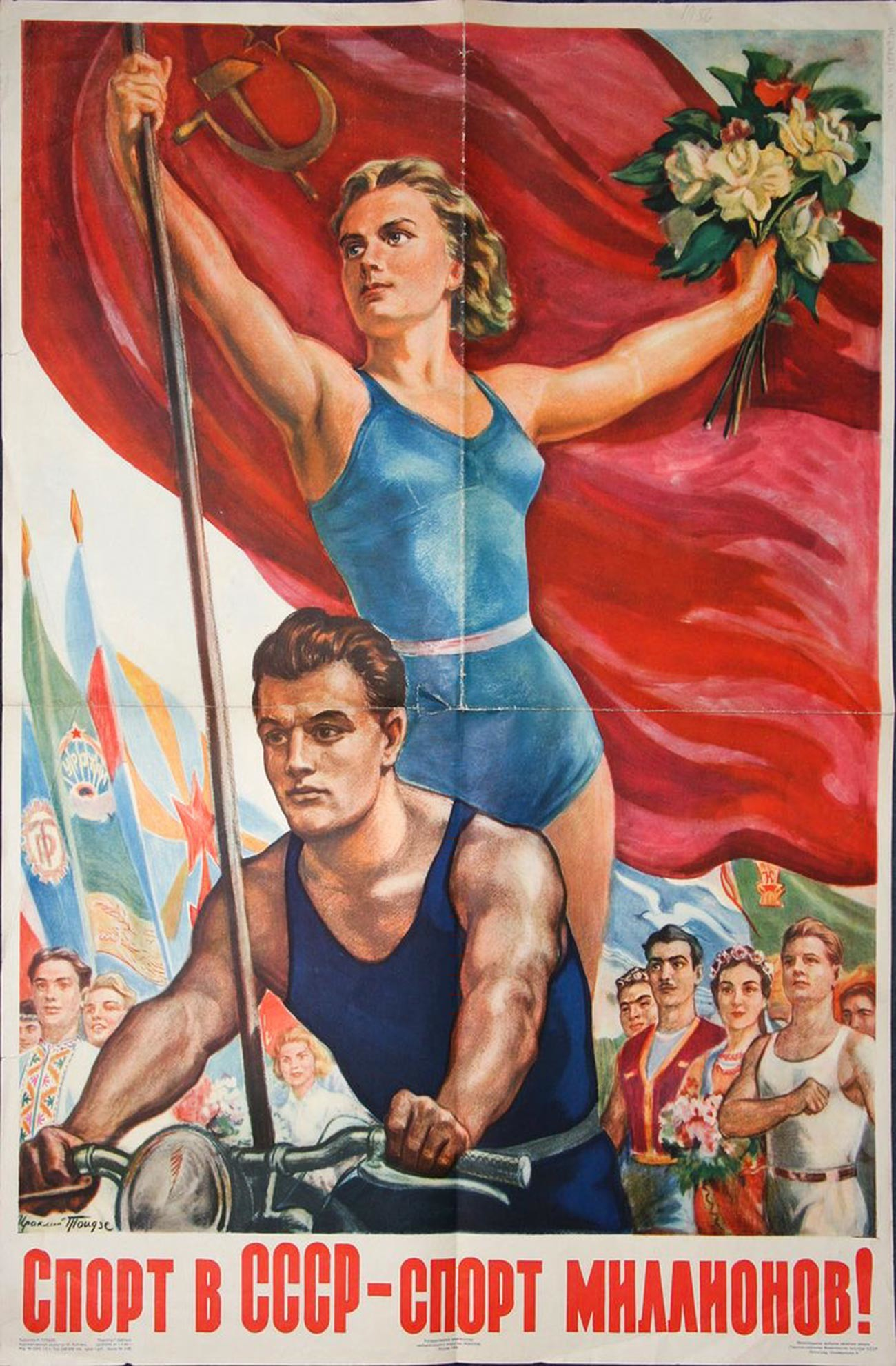I was reading up on cutting, because I’m going through this phase right now, and I came across this abomination of an article on bodybuilding.com of all places. You’d think that a website with such an precise name would offer professional advice but apparently they’d rather resort to Kautsky-level of clickbait, unscientific and simply wrong advice.
What is cutting?
In the world of bodybuilding and more generally fitness, cutting is a phase athletes go through when they want to reduce their body fat levels. It’s very much like any fat loss diet many people go through, with the one difference that cutting is meant to keep your muscle mass intact – you won’t put on muscle, but you won’t lose them either (because your body doesn’t have enough energy to build new muscles).
We can also say that cutting is in contradiction to bulking, because both are diametrically opposed (as bulking is putting on weight and mass) but can’t exist without the other (you can’t only bulk and you can’t only cut).
Ultimately in this guide I will treat cutting as a fat loss technique with some particularities. I hope this way it will be useful to people who work out as well as people who don’t and just wish to go on a diet.
I started writing out a complete guide but honestly, the theory isn’t really difficult or groundbreaking. There is, however, a whole industry who survives on selling you useless supplements and diet plans, hoping you will be a repeat customer.
You need to limit your calories to successfully cut. That’s all there is to it. When preserving muscle mass, you also need to eat a certain amount of protein – likely 1g per kg of body weight (if you weigh 90kg, then eat 90g of protein per day). You can eat more protein but the research isn’t really clear on the benefits. It’s not sure even high-level athletes need more protein than that. Regardless, it’s a myth that a high-protein diet is bad for your body (unless you have kidney problems, then plus consult a doctor).
You can eat pizza and chips if you want to diet like that. It’s not healthy but honestly who even is? Who actually takes the time to cook fresh vegetables, balance their butter and oil consumption, eat whole wheat bread (no more than a slice per day though), and most of all avoid empty calories and bad oils and sugars? Not when we work more than 40 hours a week.
So now, I can actually make a small guide for the specifics of this diet and hopefully help you out on your journey if you don’t know where to start.
Understanding calories
Calories are a measure of energy. Your body uses energy throughout the day to perform its functions. If you don’t consume enough calories, your body will start eating itself – both fat and muscle – to find energy somewhere. Depending on your age, weight, sex (not sure how it changes for trans people, sorry comrades) and how active you are in life (if you work an office job, if you work out 3 times a week, if you work in construction, etc) you need more or less calories. That’s all there is to it.
First you need to calculate your TDEE, or total calories expended per day. There are calculators online but personally, I use an app called Lose It (there are many others like it) because it calculates that for me every time I track my weight, and it also allows me to scan what I eat so I can track my macros and calories day by day.
It’s generally recommended not to eat less than 500 calories than your TDEE (so if your TDEE is 2000 calories, eat 1500 at most). But the kicker is there doesn’t really seem to be a scientific basis for this, it’s kind of a number people run with. However, if you’re looking at maintaining your protein intake, it’s going to be difficult to go below that 500 calories deficit. And in general, you can make good progress (1kg per week) with a 500cal deficit. If you have to lose 10 kilos that means you’ll be done in a little over two months. Yes, it’s long. Yes, it’s gonna be meh at times. But think about your goal. You’re enduring two months of “meh” for a lifetime of “nice”.
Understanding macros
Macronutrients are proteins, carbs, and fat. They’re nutrients humans need in large quantities.
As I said, if you’re looking to cut and keep your muscle mass, you need 1g of protein per 1kg of body weight per day. As far as fat and carbs go honestly, your calories have to come from somewhere so don’t worry too much about it (though personally I load up on carbs before a workout and leave the protein for the post-workout).
That’s why a tracking app is useful, because you can know exactly how many calories you’ve eaten and if you’ve hit your protein goal. If you do sports, you can also put your session in the app and it gives you a little more calories for the day (which is good because you need the carbs and protein).
If you are not physically active, you don’t really need to track protein. If you need to lose a lot of weight, it’s likely you’ll never be able to hit the 1g quota anyway.
Food sources
I could give you a whole list of foods that contain few calories and tons of protein but what is the point? You are allowed to enjoy things. If you like pizza, then you can eat pizza. As long as you plan for it and don’t go above your calorie limit for the day.
If you find it hard to stay in your budget, then I would suggest focusing on volume – this is something that article got kinda right actually. Eat low-calorie foods, i.e. that have less than 300 calories per 100g (ratio < 3) so that you’ll feel full and can have a bigger plate. Having 25% of your daily macros come from protein also helps reduce hunger.
However, for protein: eggs, chicken and shrimp are very high in protein and very low in calories. For my vegan comrades, tofu (or generally soy) or lentils are good for protein too. For carbs you’ll be looking at pasta (mostly carbs with very few sugars).
And that’s it. With this simple stuff you have everything you need to get results.
For people who are obese and are looking to lose mass, managing caloric intake is more important than exercise. It can also be very difficult because the body gets used to the dietary habits that the person has stuck to for a prolonged time. Obviously exercise is important too.


